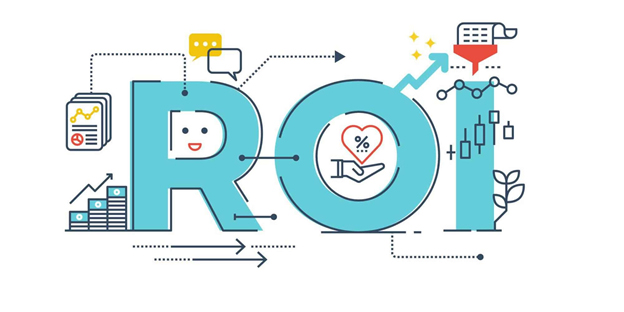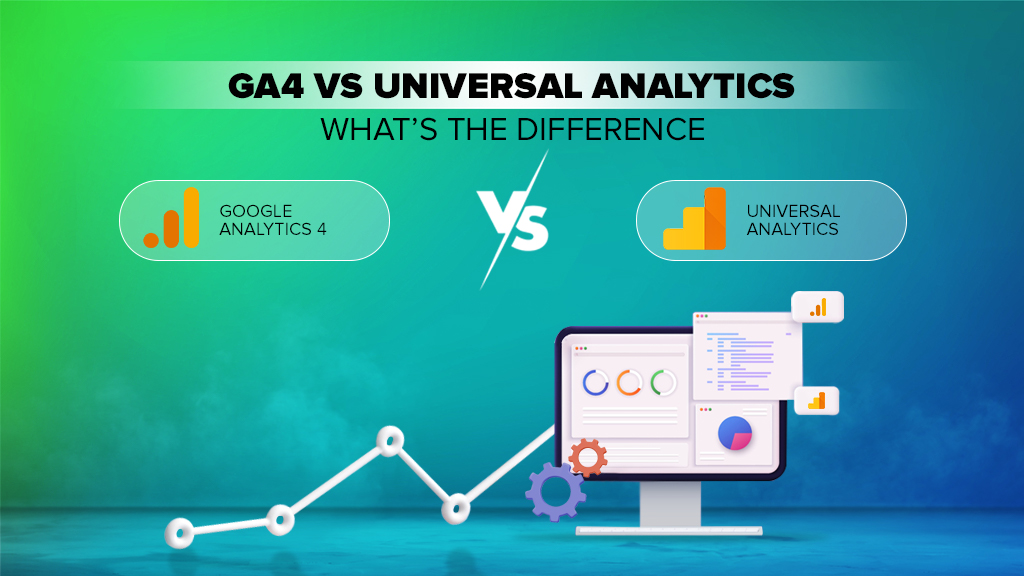How to measure ROI of your website
Calculating the ROI is an essential part of running a business. No matter what expense we are talking about, it’s important to know how much it pays off. Some business expenses you can calculate easily, while others could require a bit more know-how. Calculating your website’s ROI is one of the more complex tasks.
This is because websites are complex platforms with a lot of different factors that you need to take into account. At the same time, not all businesses use their websites for the same purpose, so some practices might not be relevant for some sites.
Know your website’s goals
As companies can use sites in a different way, their goals also change. This is why you need to outline what your reasons are for having a website and what goals you need it to achieve before you can take accurate measurements. Here are some of the most common goals that companies have for their sites:
- Climb search engine rankings and build a strong online presence.
- Generate as many qualified leads as possible.
- Give visitors a great experience.
- Make plenty of sales.
You might be trying to get all these things from your site, but you need to set a priority and focus on one area at a time to get the best results. See what your current goals are and you’ll be able to calculate the ROI and get accurate results.
Measuring the ROI of your site
Now that you know what your goals are and what’s important for a website to be financially successful, let’s see which metrics can best tell you whether you are achieving your goals. The best tool you can use to determine these metrics is Google Analytics, but a lot of other tools offer similar metrics. No matter which one you choose, you’ll be able to measure key metrics properly.
- Web traffic
- Conversions
- Amount of successfully closed sales through website leads
- Average catering sales
- Profit per event
Web traffic
The simplest way to determine this number is to use Google Analytics. You can start by calculating how many visitors you have per month on average. You can do this by setting the right dates based on how long your site has been online. For example, if your site was up since July 1st, 2016, you can set the analysis from that date to July 1st, 2018.
When you get the number, simply divide the total number of visitors by 24, as this is how many months have passed during that period, and you will get your average monthly visitors.
Conversion rates
Since you’ve already found out how many visitors you have per month, you now need to learn how many of them make an action on your site. You can do this by looking at all the calls to action that you have on your site and how many actions your visitors made. Your calls to action can be:
- Downloads
- Email subscriptions
- Live chat conversations
- Phone calls
- Contact form submissions
There is no universal formula for this, the process is very blunt and simple. Look at all of your numbers separately and simply add them all together – the total number you get is your monthly conversions.
Bear in mind that conversion rates go from 2% to 5% and if you are in the upper area of this number, then your site is doing a good job. To calculate your monthly conversion rates, simply divide the number of conversion per month with your total number of visitors per month.
Closing ratio
The closing ratio is the percentage of deals you are able to close on your leads from your site. You need to learn the number of inquiries you are able to turn into real sales. The formula that will give you this number is actually quite simple – divide all of your signed contracts with the total number of proposals.
After you’ve done that, use the closing ratio number and multiply it with the number of website leads you have on a monthly basis and you will see how many events were generated by your website during one month.
Average catering sales
Once you’ve gathered enough information, you can simply calculate your average catering sales by dividing the total number of sales with the total number of website events. This is how you’ll learn your average catering sales.
Profit per event
The last piece that will help you calculate your site’s return on investment is to calculate your average gross profit for a single event. Simply subtract your average catering sale from your average cost of goods sold and you will get the exact profits per each sale.
Calculating your site’s ROI
Now that you’ve calculated all the important metrics to determine ROI, you need a little bit more math and you are done. Use your monthly website generated events and multiply it by your profits per a single event. You will get the exact number of profits that you can potentially have for one month.
Conclusion
Calculating your ROI can tell you where your site is performing the best and where it can be improved. It will give you a clearer picture of how you are actually making money and how you can work on improving your profits even further.












